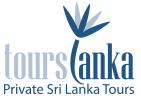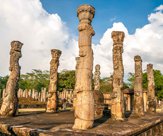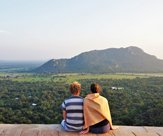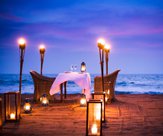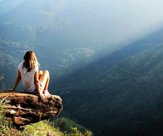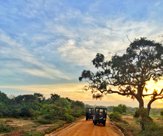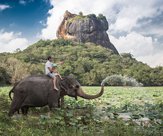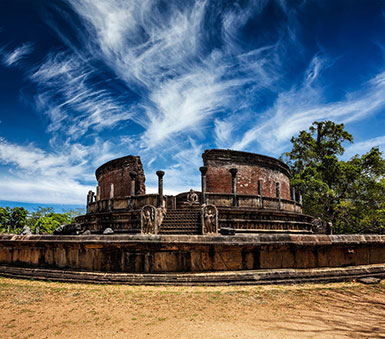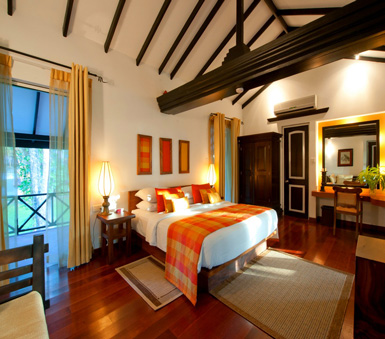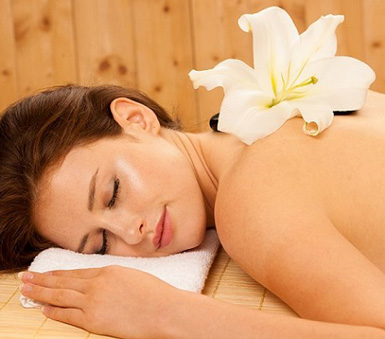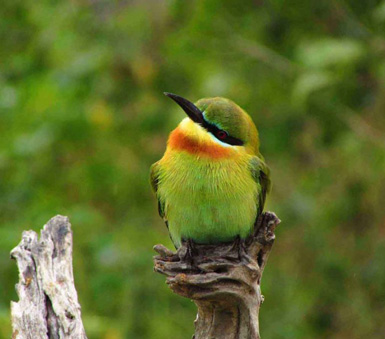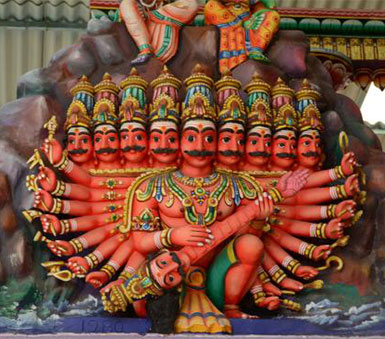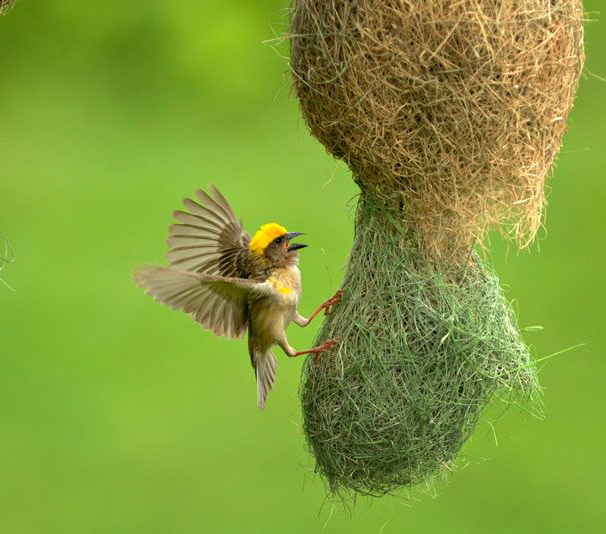The Walled City of Galle (Sinhala: ගාල්ල; Tamil: காலி) is a major ocean-side city, and located in south-western Sri Lanka. A UNESCO World Heritage site, Galle Sri Lanka was occupied by the Portuguese, Dutch and British. The city of Galle is the capital of the Galle district as well as the administrative capital of the Southern Province.
Galle is located 116 Km., southwest of Colombo.The main A2 highway from Colombo to Galle, as well as the railway line are both picturesque routes following the coastline closely for much of the way. Although contemporary Galle has grown into a major city and spreads into the hinterland, the Fort is still the slow-beating heart of Galle’s history.
The walled city has stood since the early sixteenth century, through the Colonial periods of the Portuguese, Dutch and British and in our present times is proclaimed as an Archaeological Reserve and been identified as a UNESCO World Heritage site.
The Portuguese
The Portuguese took Galle from the Sinhala kings in 1587 and erected the first fortifications, a single wall fronted by a moat which extended from the sea to the harbor.
The Dutch
The Dutch landed in 1640 with 12 ships and 2,000 men under the command of Wilhelm Jacobsz Coster who defeated the Portuguese after severe fighting and a four-day siege. Akersloot Bastion is named after the birthplace of Coster, the Dutch commander who captured Galle.
The Dutch later converted the Portuguese Fortaleza into a single bastion which they named Zwart Bastion and built a formidable line of defense, ringing the walled town by ten bastions, which endure to this day.
Through the rolling streams of time and change, Galle still retains as few other towns in Sri Lanka; an atmosphere of the past. The town was graced with considerable civic amenities and military features.
Despite recent face-lifts and new facades to many of the houses and the introduction of modern civic amenities like electricity, telephone systems, water and drainage services, the streets remain narrow and many are known by their original names such as Leyn-Baan street, Zeeberg street and Moderabaay street. A peep into the old houses reveal them to be spacious and airy, with large, ornamental doors and windows, pillared verandahs and cool inner courtyards and gardens.
The British
Nothing bespeaks the town’s prosperity in British times as the splendid mansions – with the names Closenburg, Eddystone, Barthfield, Armitage Hill or Nooit-Gedacht- a few of which, though wrought with time’s changes, still exist.
The best preserved is Closenburg, the gracious and spacious bungalow built by the agent of the British shipping company, P & O: its roof trusses still display the P & O sunburst. Armitage Hill bungalow occupied a site rustically lovely- out of Galle town.
The drive to Baddegama is a delightful experience and leads out to the fine church consecrated in 1825, by Bishop Heber – Bishop of Calcutta. The church today is decorated in a purely indigenous style and at mass the Ceylon Liturgy is said in Sinhalese, sung to Sinhalese music. The fine pillars of the nave, each a single piece of ironwood timber should be noted and the view from the tower is worth the climb.
Activities in and around Galle
Kanneliya Forest Reserve
The Kanneliya Forest Reserve is habitat to a wide range of species of fauna, butterflies, reptiles, fish, amphibians and a variety of smaller mammals. The reserve is structured in unison of the Kanneliya, Nakiyadeniya and Dadiyagala areas. This zone of wildlife is a tropical low and mid country wet zone forest.
Madol Duwa Koggala Lake Tour
Madol Duwa is an uninhabited island made famous by Mr. Martin Wickremasinghe in his children’s novel, Madol Duwa (also known as Madol Doova). This was later made in to a film.
A boat ride in the Koggala Mangroves is a relaxing experience. The boat weaves through the dense mangrove forest and surrounding islets, and you can witness the varying species of Mangrove, about 10 of which are endemic to Sri Lanka. On your way, you will also be treated to a view of a wide variety of flora and fauna, like monitor lizards and a number of beautiful birds.
Glass Bottom Boat Ride – Hikkaduwa
These are boats with patches of glass built in to the bottom, to enable the passengers to get an uninterrupted view of the underwater. And what a view it is! Hikkaduwa’s world famous coral garden is spread out in all its colorful glory. Known locally as ‘Gampara’ the boats take varying shapes and sizes. Gliding amongst the coral you will see tropical fish and turtles who live among the coral.
Body Surfing off Dickwella
A fun option for water sports enthusiasts visiting Sri Lanka is Body Surfing, which is pretty much like normal surfing, but a little easier. Hotels and Resorts in many locations across the island offer facilities for this sport, and even host some international competitions. Dickwella is one of the prime locations, situated on the south-western coastal belt, as is Hikkaduwa. Surfers’ paradise Trincomalee is another destination where conditions are ideal for riding those exciting waves.
Whale Watching off Mirissa
Sri Lanka has now earned a reputation as one of the best destinations in the world for Whale watching. Blue Whales and Sperm Whales are the species most commonly found in the waters around Sri Lanka. You will be able to see Dolphins as well.
Festivals and Events in and around Galle
Hikka Beach Fest
Touted as the biggest beach party in Sri Lanka, the annual Hikka Fest is held in Hikkaduwa around August/ September. Hikka Beach Fest is a fun-filled event includes family activities, dance floors and guarantees a really good time and amazing memories. Master spinners from party capitals of the world make Hikkaduwa come alive with sound, dance and fashion.
Other Points of Interest Close to Galle
Drive back through Dodanduwa, visiting, if permission can be arranged, the Buddhist island hermitage in the Ratgama Lake, a retreat of infinite peace and beauty.
Unawatuna bay provides safe swimming and snorkeling, protected as it is by a reef. Rhumassala Kanda is associated with the legend of the traditional Ramayana story. When the warrior Lakshman was wounded, a Himalayan herb was required for his cure and Rama des patched the Monkey-god Hanuman to fetch it. But Hanuman forgot the name of the herb, so to be on the safe side he tore off a hunk of the Himalayas, carried it on his back and dumped it, where it now lies!
Galle is the sort of place from which one must take away a souvenir. You may make a pick of Galle lace, -handmade, like the Brussels or the Honiton types. Where but in Galle may you plunge your hands into a bucketful of limpid moonstones or the more precious and rarer of gems, the blue sapphire or the ruby! These can be beautifully set according to your whim or wish!
Watch-Stilt Fishermen in Kathaluwa
Stay amazed as you watch the unique ways of this profession. Fishing is one of the main channels of income to the villagers around the coastal belt of Sri Lanka. You may have come across certain images of men balancing on a pole about two meters about the coral reef that settles below. This is a traditional method of fishing, in Sri Lanka. Fishermen of Matara sit on these cross-bars where the vertical pole is lodged into the coral reef. They hold the rod on one hand and the stilt with the other.
Batik Factory, Ambalangoda
Board Sri Lanka’s very own tie-n-dye industry. Popularly known as ‘Batik’, Ambalangoda is well-known for this creative activity on fabric, décor and accessories. Meetiyagoda and Gintota are the two most known villages for Batiks. Paints and cloth of a number of vibrant shades and patterns can be seen around the area.
Ask your guide or your hotel for tips and suggestions for times to visit the villages and witness the amazing process of tie-n-dye that you have only heard about. You may even pick out your own pattern and fabric! It is a trip you shouldn’t miss out on.
Mask Museum, Ambalangoda
This is the most popular attraction in this part of Sri Lanka. Various masks depicting heroes, villains, gods and demons are used in traditional folk dances. Each of these masks are carefully carved and later painted by hand to embed the emotion into the wood.
Prepare yourself as you embark on this adventure to explore the adventures, mysteries, legends of these masks, where you may also have the opportunity to blend yourselves into a folk dance and a traditional exorcism process in the village.
Star Fort, Matara
The construction of this site goes back to 1765 when Sri Lanka was under Dutch rule. This original building with its star-shaped structure is what is still maintained. The Engineering office of the building which is paved with “Cadjan” leaves is now what is converted as the Museum. It is a building that has never been attacked which satisfies the reason of its exsistence as an administrative building and is an excellent case of military architecture.
Wewurukannala Vihara, Dikwella
The importance and speciality about this ancient Vihara is that it is home to Sri Lanka’s largest Buddha statue. It dates back to the reign of King Rajadhi (1782 – 1798) and the seated statue of the Buddha is 160ft high. To add to the intriguing atmosphere in the Vihara you will also be able to see life-sized portraits of sinners and punishments in the afterlife.
Hummanaya Blow Hole, Dikwella
One of nature’s interesting spectacles, the Blow Hole is located in Kudawella, close to Dikwella. A large amount of sea water spurt up a few feet from a natural hole beneath a huge rock in the sea. The hole is on a rock which is about 40ft above seal level and was first revealed when a number of photographs of the sea were closely analyzed. It is said that rough, high waves are pushed into the rock bottom and is forced out of the hole with extremely high pressure and its whistled high into the air.
